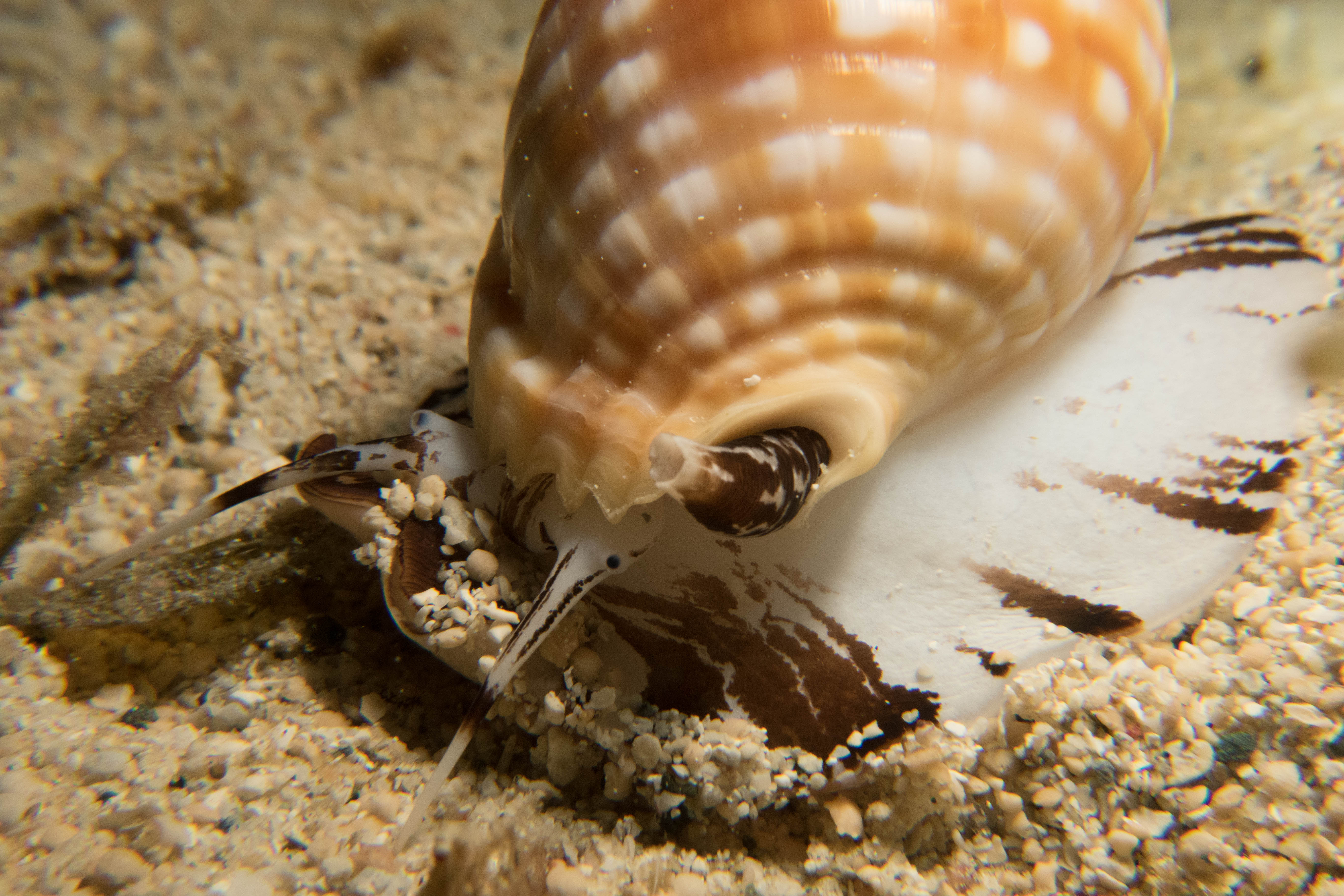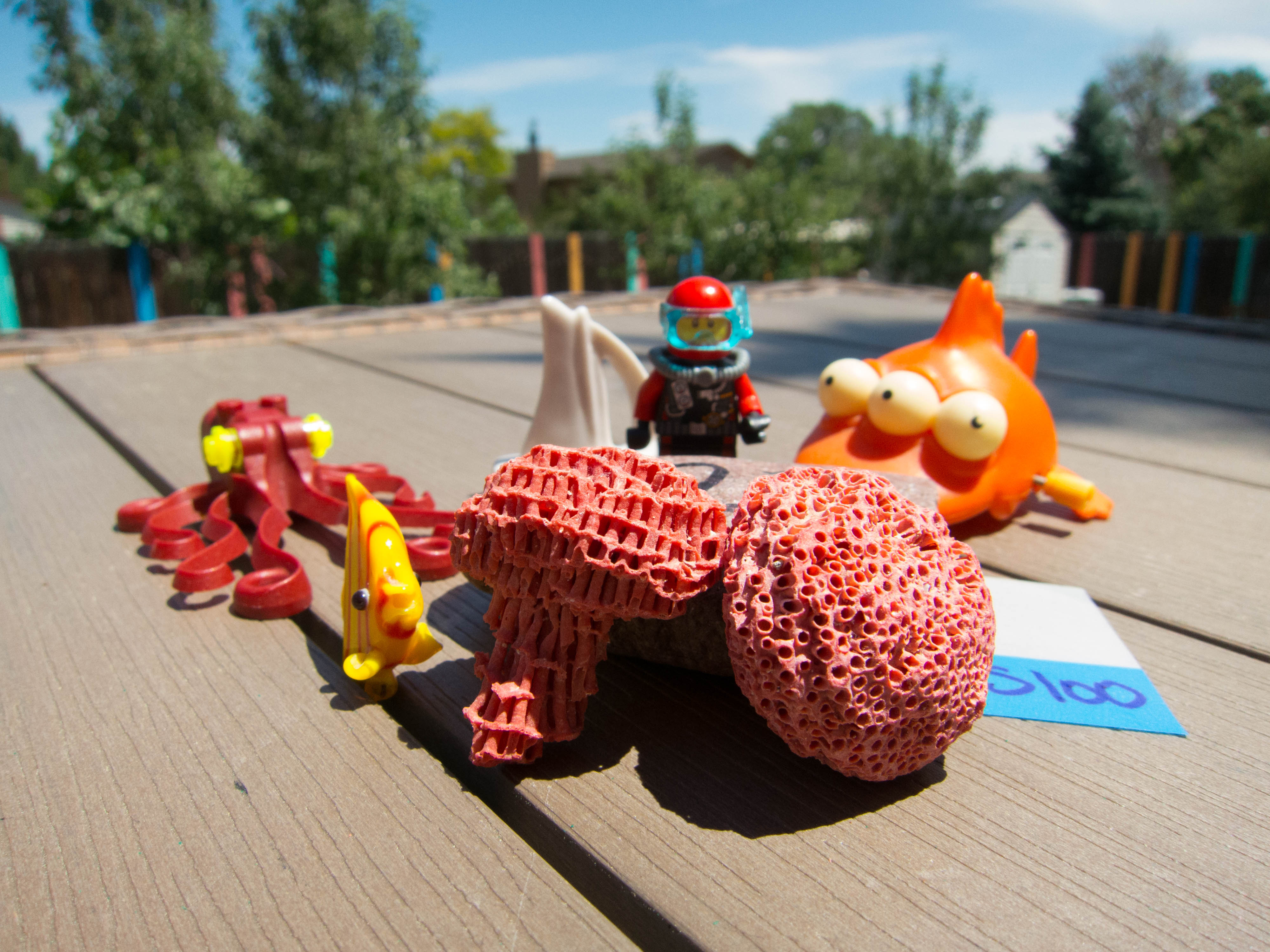Snoobles
Registered
Wow thanks for all the amazing advice! Yeah full manual was a bit of a pain so going to Bonaire in August so will try shutter or aperture priority before I give up on it (want to get this going well before Lembeh and Raja in October)... Here are a few pix I took that I thought were grainer than expected..
(had to save in jpg to get it to upload here but they were shot in RAW aka. CR2) and not so sharp even though on the old camera they would have been.
So anyone using this camera - what do you set your camera and strobe to setting wise? I know this camera shoots TTY, so do i set the strobe to TTY? If so what does the camera need to be in?
Thanks again@
So anyone using this camera - what do you set your camera and strobe to setting wise? I know this camera shoots TTY, so do i set the strobe to TTY? If so what does the camera need to be in?
Thanks again@











